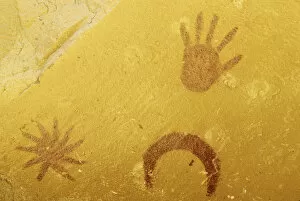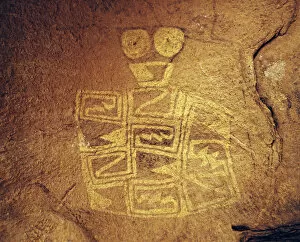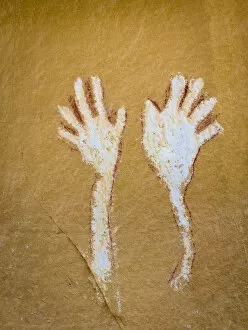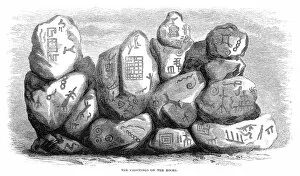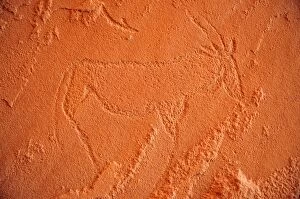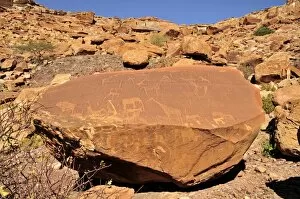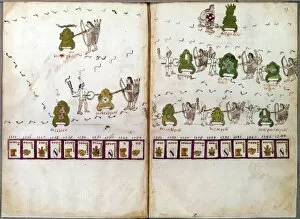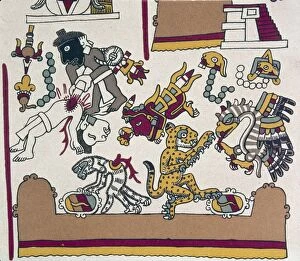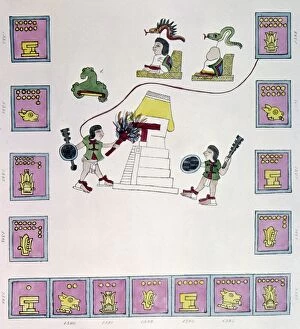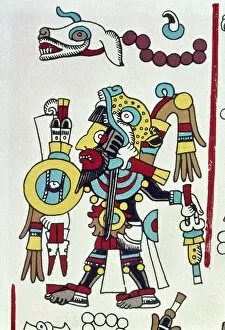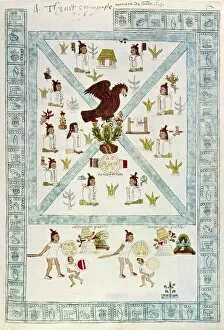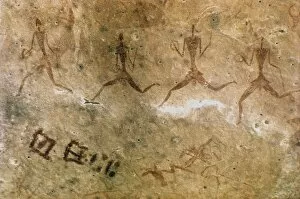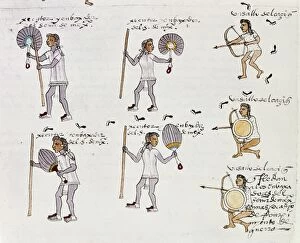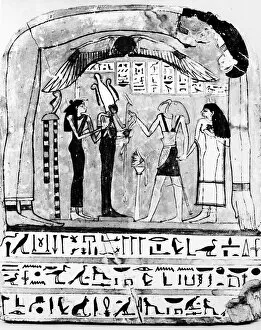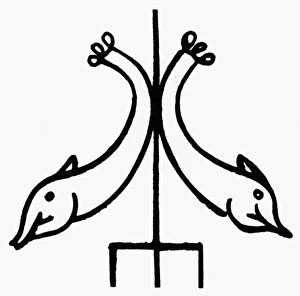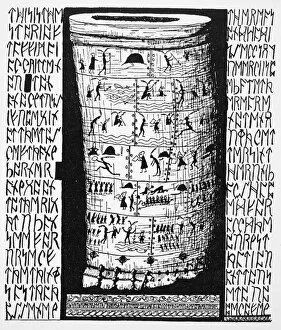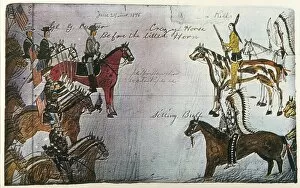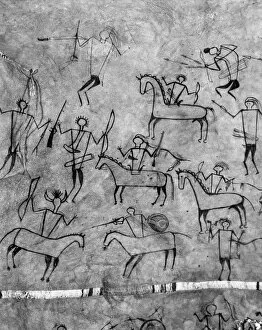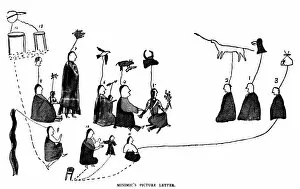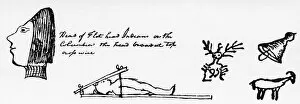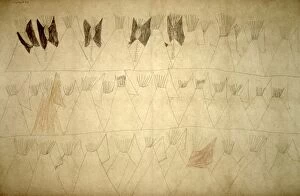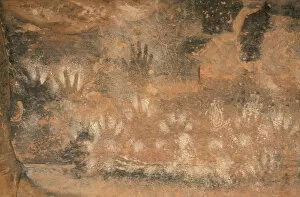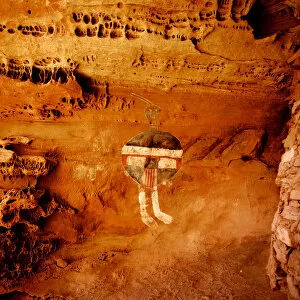Pictograph Collection (#3)
"Pictographs: Unveiling Ancient Stories Through Timeless Art" Step into the world of pictographs
For sale as Licensed Images
Choose your image, Select your licence and Download the media
"Pictographs: Unveiling Ancient Stories Through Timeless Art" Step into the world of pictographs, where images speak volumes and stories are etched onto rocks and cave walls. From the Lascaux II cave painting replica in France to the Aboriginal Wandjina cave artwork in Western Australia, these visual narratives transcend time and continents. In Canyonlands National Park's Great Gallery Detail, witness the intricate depictions of Horseshoe Canyon that transport you back to a bygone era. The Barrier Style pictographs found in Sego Canyon, Utah showcase the artistic prowess of ancient civilizations from North America. Delve deeper into history as you explore Winter count on buffalo robe litho - an indigenous record-keeping system that captures significant events through symbolic representations. Marvel at the enigmatic Mystery Valley Petroglyph Monument Valley in Arizona, where mysterious carvings leave us pondering their meaning. The sandstone caves at Raft Point reveal mesmerizing Aboriginal Wandjina cave artworks, showcasing rich cultural heritage from Pacific regions. Sitio Barrilles' rock carving takes us to ancient archaeological sites with intriguing symbols waiting to be deciphered. Discover the Aztec Universe through hieroglyphic symbols depicting cosmic movements - a testament to their advanced understanding of celestial bodies. Council Rocks in Arizona's Dragoon Mountains boast Native American pictographs that offer glimpses into tribal traditions and beliefs. Pictographs serve as windows into our past, preserving stories long forgotten by written records. They bridge gaps between cultures and generations while reminding us of our shared human experiences across time and space. Let these captivating images ignite your curiosity about our collective history and inspire awe for those who came before us.


